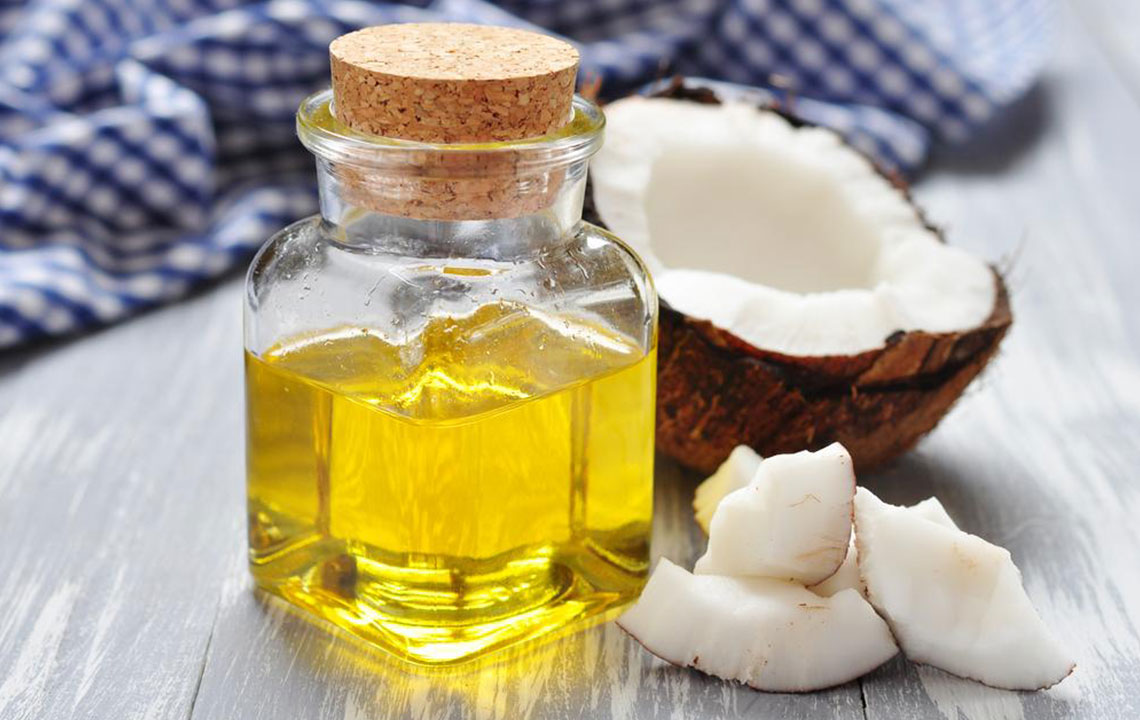Effective Remedies for Heel Pain
A sedentary lifestyle coupled with obesity has put extra weight on our hips as well as heels. Comprising of 33 joints 26 bones, and over 100 tendons, the heel is the largest bone in the foot. Overusing any part of the body can cause injury and the same holds for heels as well. With increasing weight, extra weight is put on the heels, thus affecting blood circulation in heels. Pain usually experienced on the underside of the heels can make it difficult to perform daily tasks with same vigor. In this article, the causes along with different heel pain remedies are discussed.

A common foot problem, heel pain is usually felt in the arch of the foot, at the bottom of the heels and increases with body movements. Heel pain is usually worse in the morning and can be due to several reasons. For instance, wearing flat shoes or worn-out shoes can cause discomfort and trigger the pain.
Causes of heel pain
There are some of the common causes of heel pain, such as:
Plantar fasciitis: When too much pressure is put on the heels, it causes stiffness and damages plantar fascia ligament. It is a web-like ligament, which connects the heel to the front of the foot.
Sprains and strains: Extreme physical exercises with proper guidance often cause sprains and internal injuries.Sprains usually occur at joints and can have a negative effect on ligaments connecting bones.
Fracture: A case of medical emergency, fracture implies a broken bone. A fracture is a broken bone. It usually occurs when a person has experienced a fall, accident, or injured themselves while playing sports.
Achilles tendonitis: In Achilles tendonitis, tendon attaching the calf muscles to the heels get swollen up and cause severe pain. Usually caused due to overuse injuries, it is best to consult a doctor if severe pain persists for 3-4 weeks.
Bursitis: Fluid-filled pods, bursitis surround the areas where skin, tendons, and muscle tissues meet bones. These sacs hold lubrication which reduces friction during movement. Bursitis happens when bursae get inflated and cause extreme pain and discomfort, especially when there is any movement in the body.
Osteochondrosis: Osteochondrosis a condition that affects the growth of bones in kids and adolescents as well.
Reactive arthritis: It is usually triggered by an infection in the body.
Heel pain remedies
Several heel pain remedies can be tried at home to get relief from pain. These heel pain remedies include:
- Shedding those extra pounds to reduce stress on hips and feet. Also, a healthy diet helps in weight management, thus helping in getting rid of the pain.
- Applying an ice pack for 10 to 15 minutes twice a day helps reduce inflammation.
- Wearing shoes that fit properly and are of the right size.
- Using shoe inserts or heel lifts to reduce the pain.
- Doing stretching exercises to strengthen ligaments is an excellent heel pain remedy.
- Wearing a splint that stretches calf and arch of the foot.
- Avoiding strenuous exercises like jogging, running or sprinting.
- Trying sports like swimming or bicycling as these are the low-impact sport.
- Rolling feet on a tennis ball.
- Using off-the-shelf or custom-fitted arch supports (orthotics) to evenly distribute pressure.
- Using heel pads to get relief from heel pain.
- Soaking feet in warm water infused with Epsom salt
- Taking pain relievers like Motrin, Advil, and Aleve can ease the pain and reduce inflammation.
- The first and foremost thing to avoid during heel pain is heels. High heels are known to put stress on calves and heels. Women should wear high heels only on special occasions and not on a regular basis.
- Also, worn out shoes can cause pain in the heels. For workouts and runs, right-sized sports shoes must be worn to avoid knee or heel injuries.
- Massaging heels with sesame oil warms up the heel area and provides instant relief from pain. When heel massage is done correctly, it helps heal the pain permanently by relieving muscle tension around the ruptured area. Sesame oil has healing properties and easily penetrates into the skin.
If any of the above heel pain remedies do not help in easing the pain, a visit to the doctor becomes mandatory. To understand the severity of the situation, a doctor is the best guide. The doctor prescribes medications and strengthening exercises once the X-ray and pain symptoms have been carefully analyzed. Doctors usually recommend providing support to the feet and staying off the foot for as long as possible. Doctors, in rare cases, suggest surgeries to rectify heel problem. Heel surgeries are quite painful and demand long recovery time.
Physical therapy is an alternative treatment for heel pain. Physical therapy carried out by an expert helps in strengthening tendons and muscles in the foot thereby easing out the pain and also help prevent further wear and tear and injuries.

